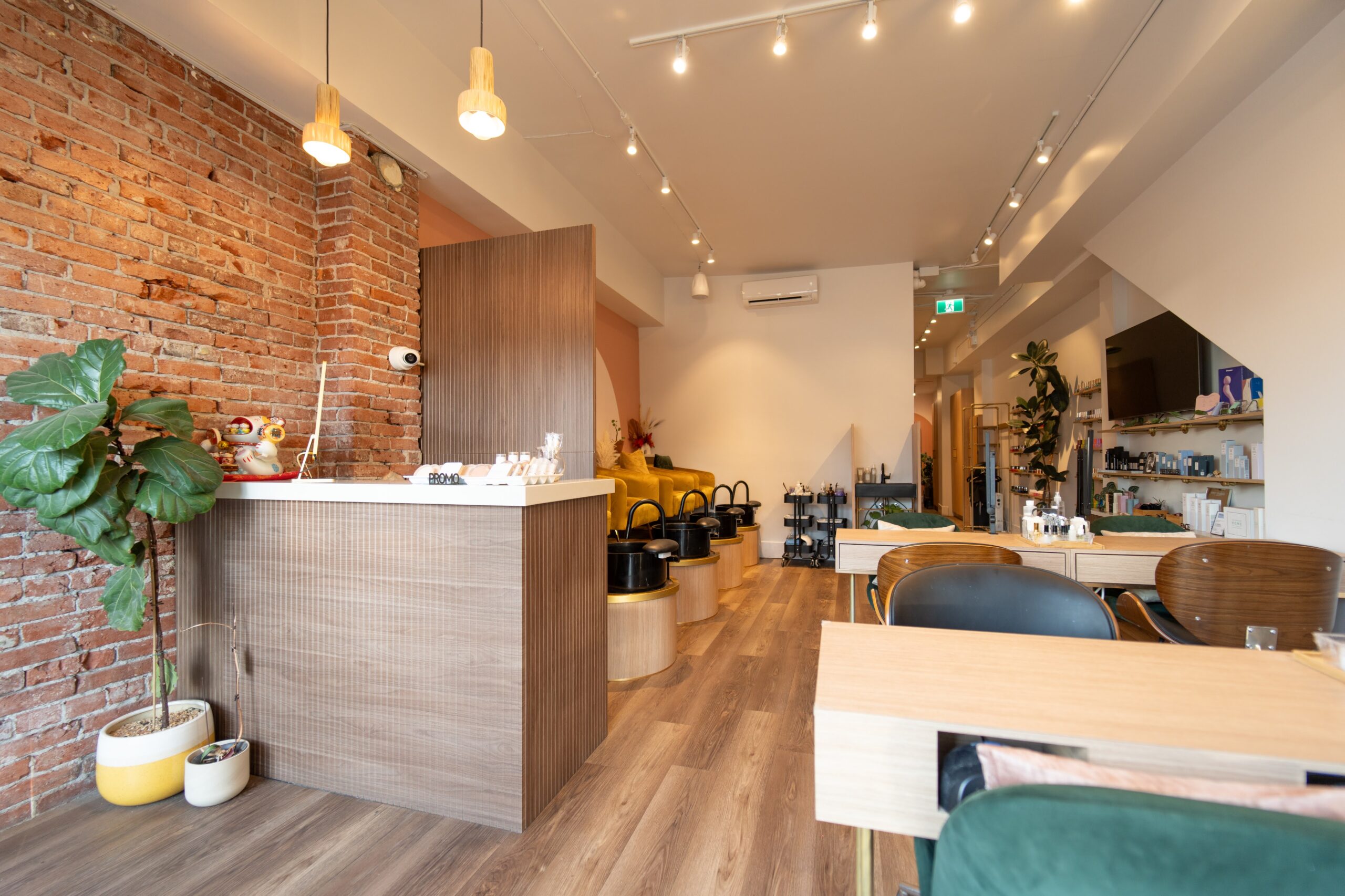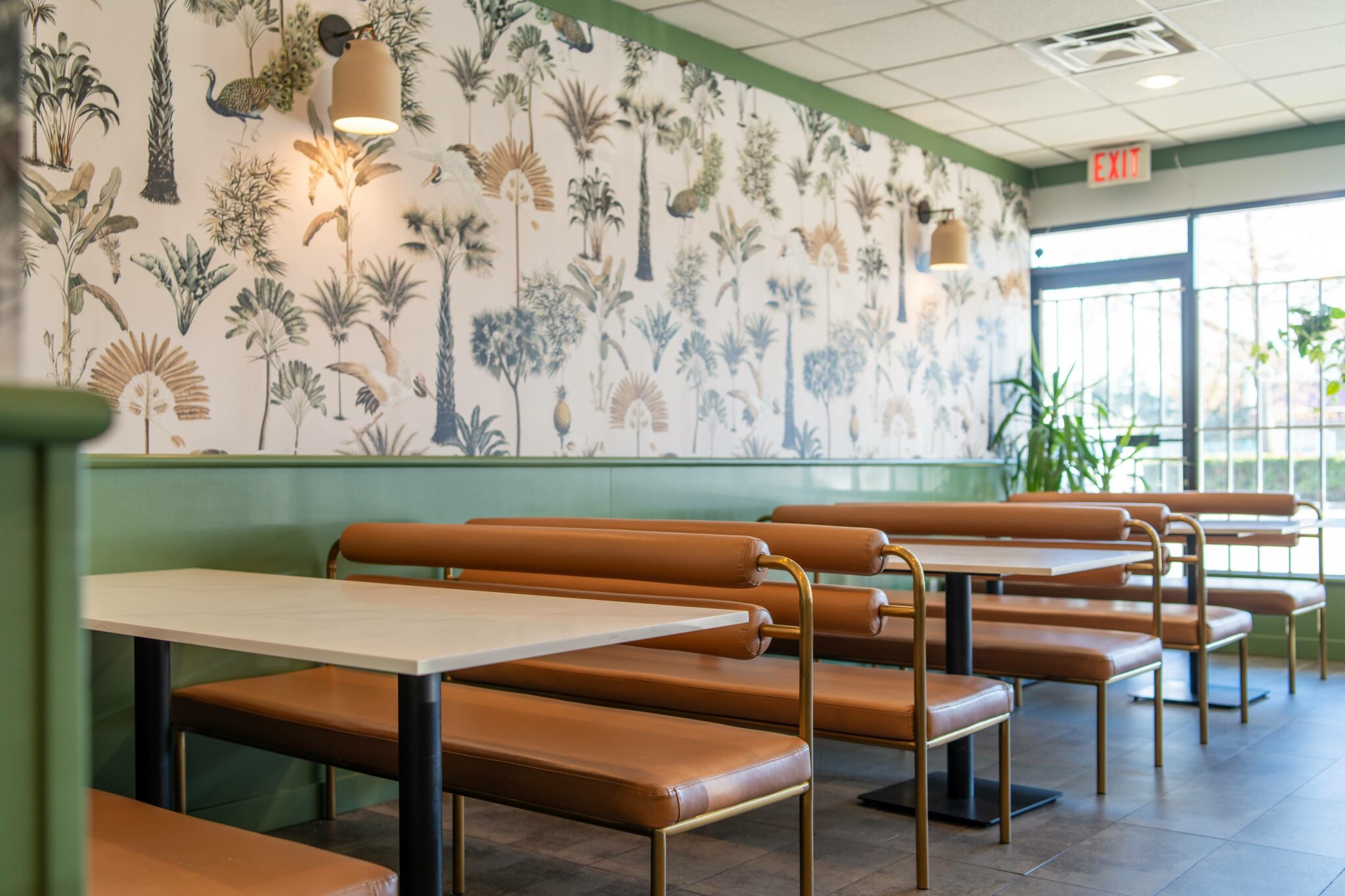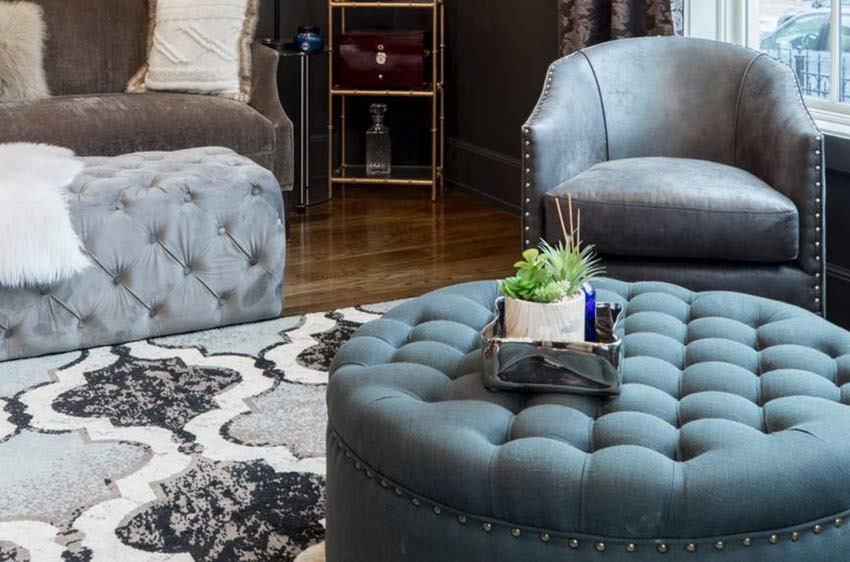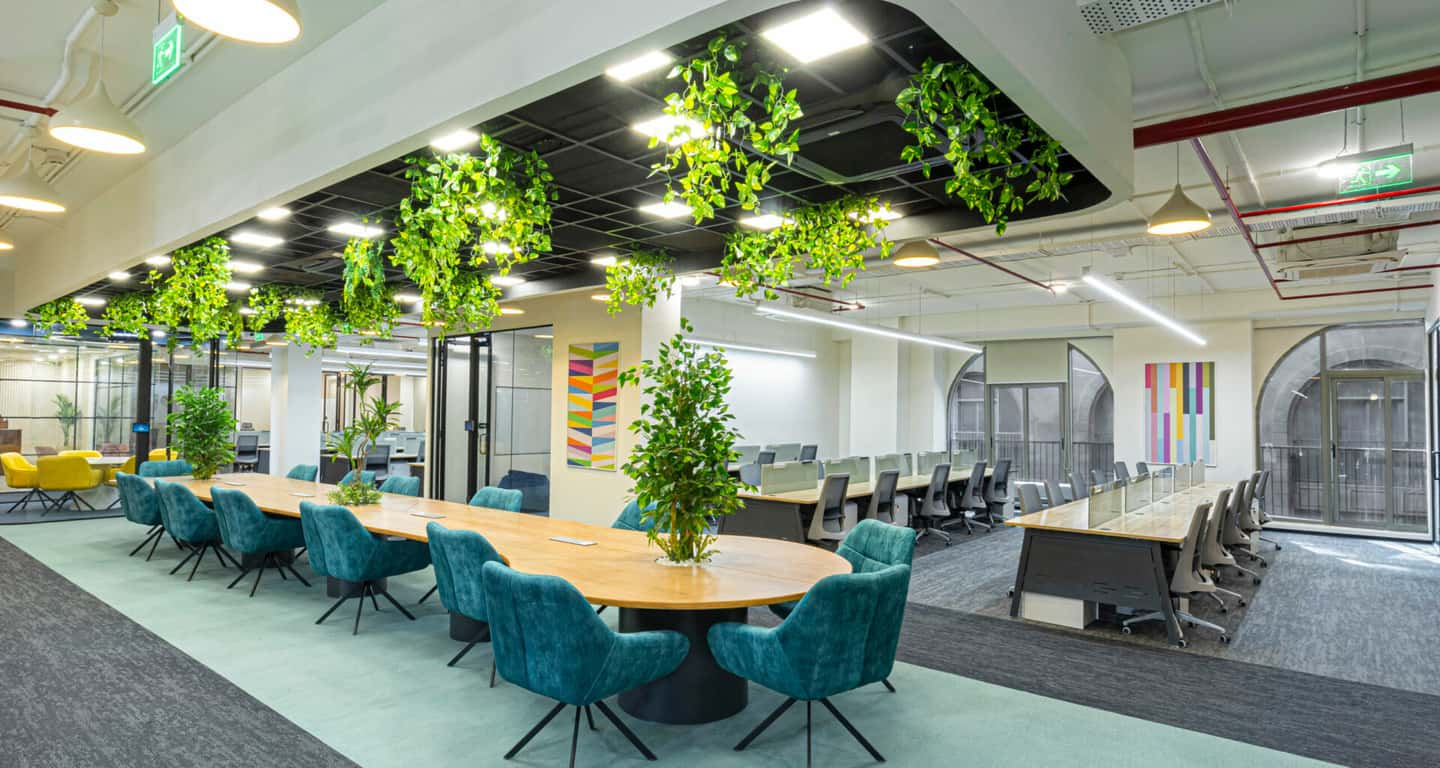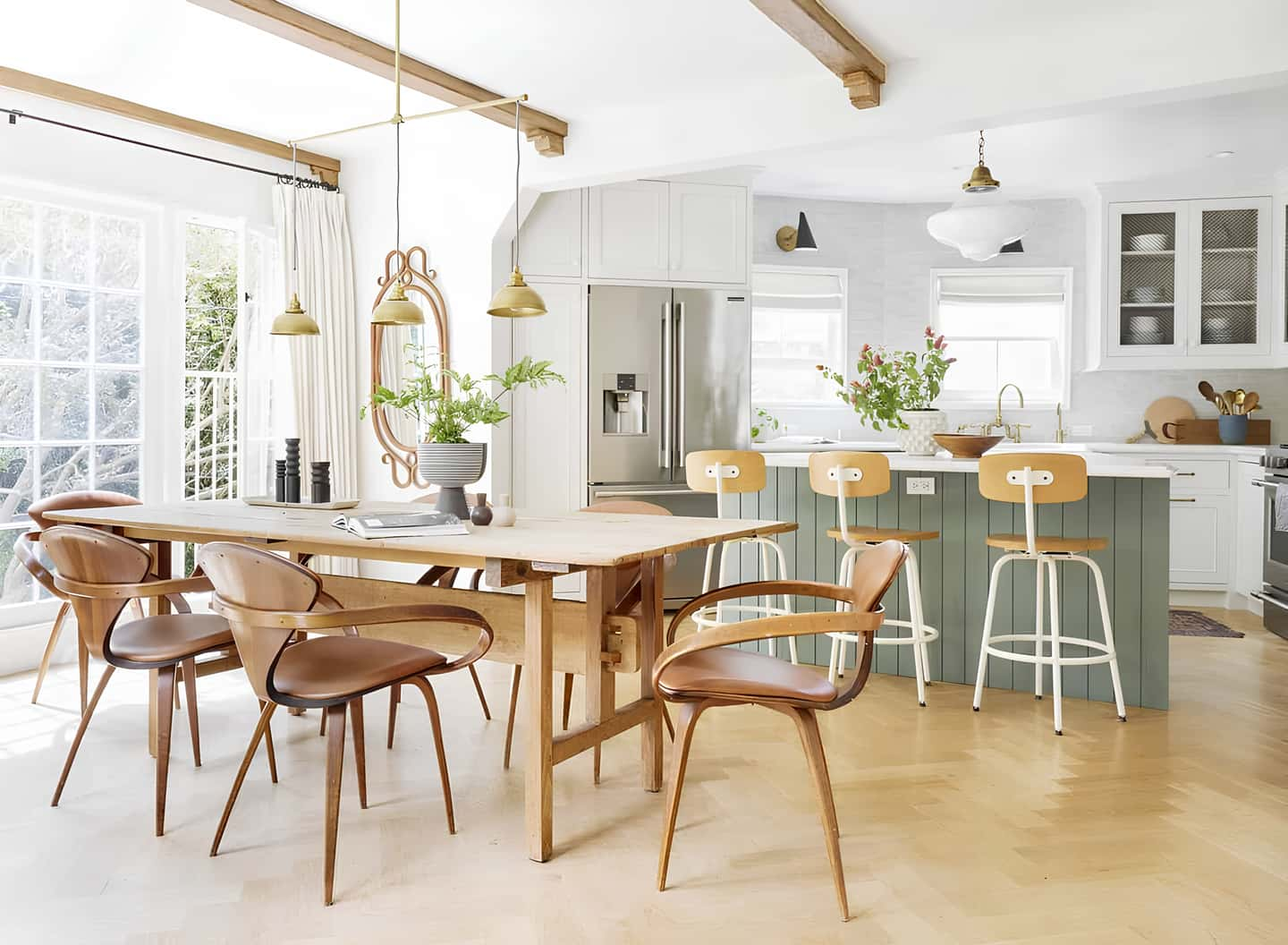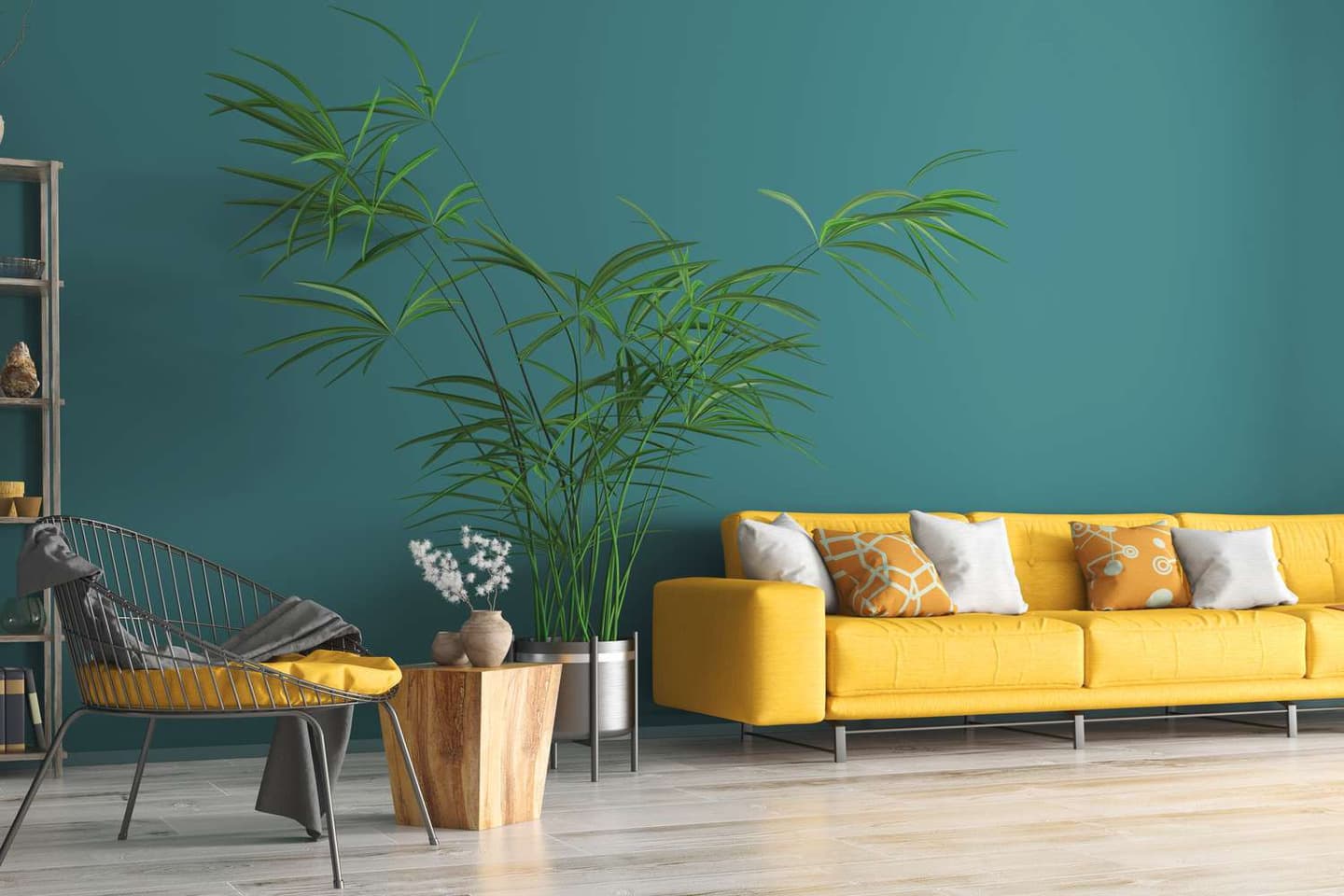Imagine transforming your Vancouver office into a dynamic hub of creativity and collaboration. Picture open layouts that spark spontaneous brainstorming sessions, natural light flooding the space to boost productivity, and thoughtfully designed areas that cater to diverse working styles. Businesses in Vancouver thrive on innovation, and the right interior design can make all the difference.
By understanding the unique needs of local businesses, Vancouver interior design experts create environments that inspire and support your team, helping you stay competitive in a vibrant and dynamic city.
The Essence of Having a Collaborative Workspace in Vancouver
Creating a collaborative workspace is the way to go if you’re aiming to stay competitive in Vancouver. In this vibrant city, the need for teamwork, creativity, and communication drives innovation and success.
Designing environments that support diverse working styles and foster a sense of community is crucial for meeting the unique needs of Vancouver businesses. Such workspaces enhance productivity and reflect the collaborative spirit that defines Vancouver’s dynamic business landscape.
By integrating elements that promote interaction and flexibility, businesses can create modern workplaces that inspire and engage their teams, ensuring they remain at the forefront of their industries.
Key Elements of Effective Collaborative Workspaces
1. Open Layouts
An open layout is a cornerstone of collaborative workspaces. This design removes physical barriers, allowing for better communication and interaction among team members. In Vancouver, where office space can be limited, open layouts maximize the available area, making the workplace feel more spacious and inviting. Modular furniture is recommended to create flexible spaces that can be easily reconfigured as needed.
2. Multifunctional Areas
Incorporating multifunctional areas into the office design is another key element. These spaces can serve various purposes, such as meeting rooms, breakout areas, or quiet zones for focused work.
You can use versatile furniture and movable partitions to create these dynamic spaces. This approach not only enhances functionality but also allows businesses to adapt quickly to changing needs.
3. Natural Light and Greenery
Natural light and greenery are integral to creating a pleasant and productive work environment. Large windows and strategically placed plants can significantly improve the ambiance of a workspace.
As Vancouver interior design professionals, we emphasize the use of biophilic design principles, which incorporate natural elements to enhance employee well-being and productivity. This not only creates a healthier workspace but also aligns with Vancouver’s eco-friendly ethos.
4. Technology Integration
Seamless technology integration is crucial for modern collaborative workspaces. From high-speed internet to smartboards and video conferencing systems, technology facilitates communication and collaboration.
Incorporate the latest technological advancements into your office designs. This includes creating tech-friendly environments that support remote work and virtual meetings, which are essential for today’s business operations.
Implementing Collaborative Design on a Budget
1. Prioritize Key Areas
If you have limited budgets, it’s important to prioritize key areas that will have the most impact. Experts recommend focusing on communal spaces such as meeting rooms and breakout areas. By investing in high-quality, versatile furniture for these areas, you can create a collaborative environment without a complete overhaul.
2. Use Modular Furniture
Modular furniture is a cost-effective solution for creating flexible workspaces. These pieces can be easily rearranged to accommodate different activities and team sizes. Modular options provide the flexibility needed for evolving business needs. This approach allows businesses to adapt their workspace without the need for constant investment in new furniture.
3. Embrace DIY Solutions
DIY solutions can also help you create collaborative workspaces on a budget. Simple changes like rearranging existing furniture, adding plants, or incorporating more natural light can make a significant difference. Start with small, manageable projects that can gradually transform the workspace.
Takeaway
Vancouver interior design experts are reimagining the way businesses collaborate, drawing on the city’s unique culture, natural beauty, and commitment to sustainability. These spaces are not just offices; they’re catalysts for innovation, reflecting the heart of Vancouver itself — a city that’s as collaborative as it is beautiful.
Embracing these design principles is key to creating workspaces that not only inspire your teams but also tell the story of a city leading the way in collaborative and sustainable living.
Contact Ark+Mason for Your Collaborative Workspace Needs
At Ark+Mason, we understand the importance of collaborative workspaces in Vancouver’s competitive business environment. Our expert team can help you design a dynamic office that fosters innovation, teamwork, and productivity. By integrating open layouts, multifunctional areas, and advanced technology, we create environments that inspire and support your team. Contact us today to book a consultation with Vancouver’s best interior design professionals.
Frequently Asked Questions About Collaborative Workspaces
Q1: How can collaborative workspaces improve employee morale?
Collaborative workspaces can improve employee morale by creating a more engaging and interactive environment. When employees feel they are part of a community and can easily collaborate with their colleagues, it boosts their overall job satisfaction and motivation. Additionally, features like natural light, comfortable furniture, and inviting communal areas contribute to a more pleasant workplace, further enhancing morale.
Q2: What are some cost-effective ways to enhance collaboration in an existing office space?
To enhance collaboration in an existing office space without a significant budget, consider rearranging furniture to create open areas, adding movable partitions for flexibility, and incorporating more communal spaces like breakout areas or informal meeting spots. Small additions like whiteboards for brainstorming and comfortable seating can also make a big difference.
Q3: Why is flexibility important in office design?
Flexibility in office design is important because it allows the workspace to adapt to changing business needs. Whether it’s accommodating different team sizes, supporting various work styles, or reconfiguring spaces for different functions, a flexible office design ensures that the workspace can evolve with the business, enhancing efficiency and productivity.
Q4: How can technology be integrated into collaborative workspaces?
Technology can be integrated into collaborative workspaces through the use of high-speed internet, smartboards, video conferencing systems, and collaborative software tools. These technologies facilitate seamless communication and collaboration, both in-person and remotely, ensuring that teams can work together effectively regardless of their location.

I am a design enthusiast that loves writing about the latest trends and style when it comes to commercial and residential interior design. I also love architecture and buildings.

